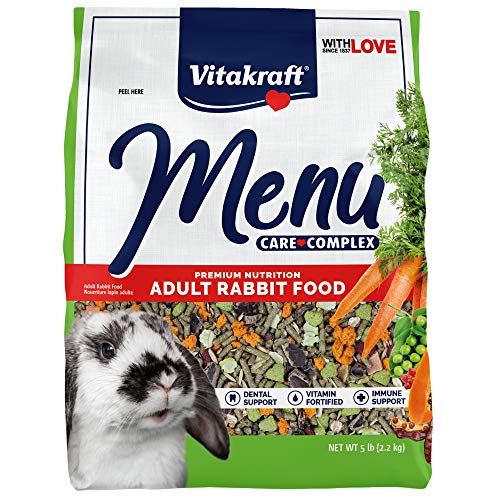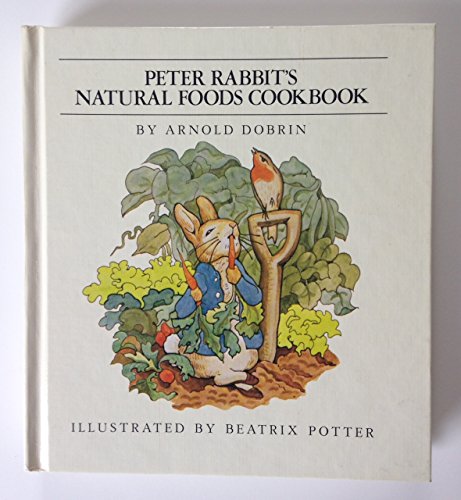dayna
Well-known member
I just weighed my two youngest litters.
Same buck was the sire, does weigh the same amount roughly (8 pounds and 8.2 pounds).
Litter number 1 is 14 days old. 4 kits. 25.6 ounce total weight or 6.5 ounces each.
Litter number 2 is 13 days old. 2 kits. 20.8 ounce total weight or 10.4 ounces each.
So which litter is most likely to reach butchering weight fastest? Should I be breeding for smaller or larger litter size?
It seems that my large litters, the kits are always so small and do not reach 5 pounds by 12 weeks. I've actually never butchered a 5 pound rabbit. All the ones I butcher weigh 4 pounds or less. Which is fine, but it would be nice to have a larger one every now and again.
How long should I keep data for to decide where to go with breeding? What sorts of data should I keep? Weights of parents, kits at certain ages, number of kits in a litter, mortality rate, feed per day, etc?
If I did that for say 6 months, could I post all the info here and maybe get some advice from some of you more seasoned meat growers on who to keep/cull/try something else/etc?
Same buck was the sire, does weigh the same amount roughly (8 pounds and 8.2 pounds).
Litter number 1 is 14 days old. 4 kits. 25.6 ounce total weight or 6.5 ounces each.
Litter number 2 is 13 days old. 2 kits. 20.8 ounce total weight or 10.4 ounces each.
So which litter is most likely to reach butchering weight fastest? Should I be breeding for smaller or larger litter size?
It seems that my large litters, the kits are always so small and do not reach 5 pounds by 12 weeks. I've actually never butchered a 5 pound rabbit. All the ones I butcher weigh 4 pounds or less. Which is fine, but it would be nice to have a larger one every now and again.
How long should I keep data for to decide where to go with breeding? What sorts of data should I keep? Weights of parents, kits at certain ages, number of kits in a litter, mortality rate, feed per day, etc?
If I did that for say 6 months, could I post all the info here and maybe get some advice from some of you more seasoned meat growers on who to keep/cull/try something else/etc?




















































